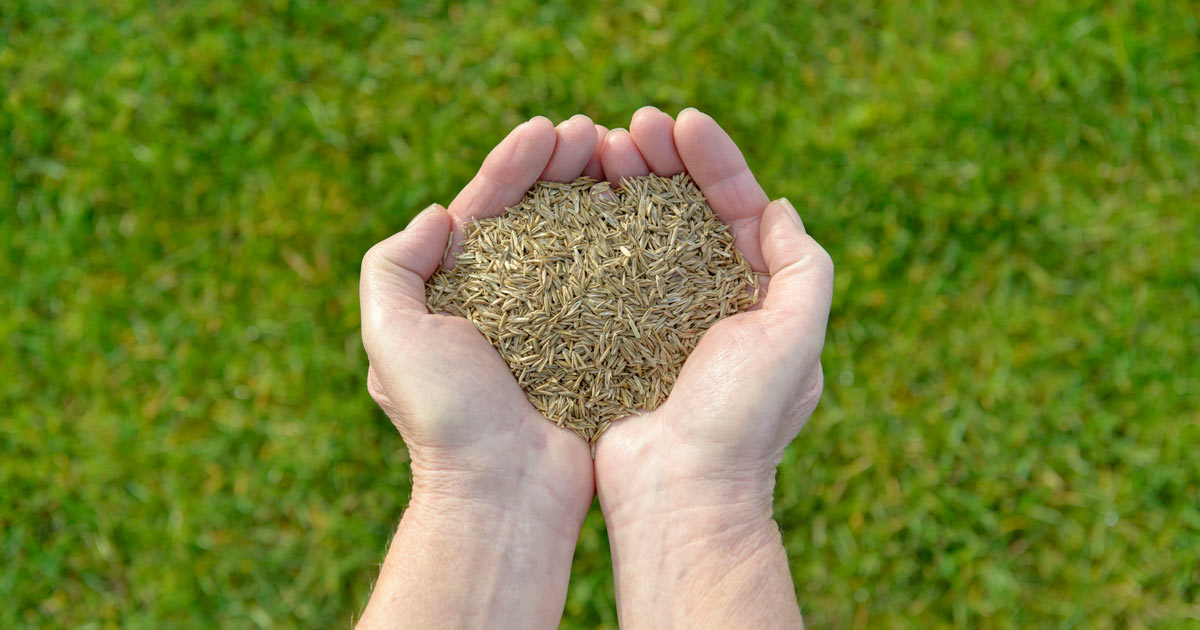Tall grass with seeds on top can be a nuisance in lawns and gardens. This type of grass grows aggressively often spreading rapidly through seeds and underground rhizomes. While it provides nice green color the tall seed heads popping up above mowed turf are unsightly. So what are some tips for dealing with tall grasses that produce seeds on top?
Identification
The first step is identifying the type of grass. Some common culprits for tall grass with seed heads include bahiagrass, dallisgrass, and crabgrass. Bahiagrass produces distinctive Y-shaped seed heads on tall stems. Dallisgrass looks similar with its long seed heads but they are more spread out. Crabgrass has thinner stems with finger-like seed heads low to the ground. Proper identification will help determine the best control methods.
Cultural Control
Maintaining a dense healthy lawn is the first line of defense against weedy grasses. Proper mowing, irrigation and fertilization of desired turfgrass will limit opportunities for tall weeds to invade. Hand pulling may work for small infestations. Organic mulches like pine straw can also suppress growth. However, most cases will require herbicide applications.
Herbicide Options
Glyphosate products can be used for spot spraying but should be applied carefully to avoid harming desirable grasses. Sethoxydim products will selectively control grassy weeds in turf and landscape beds without injuring most ornamentals. Atrazine can be applied on St. Augustinegrass and centipedegrass lawns. Products with active ingredients like imazaquin, metsulfuron, and sulfentrazone also provide postemergence and residual control. But always check turfgrass tolerance and follow label directions closely.
Timing of Applications
To maximize effectiveness, herbicides should be applied at the right growth stages and under optimal weather conditions. For example, sethoxydim works best before seed heads form. Atrazine is more effective when temperatures reach 65-70°F for several days. Glyphosate requires actively growing weeds not under drought stress. Two or more applications are often needed, spaced 3-6 weeks apart.
Control in Gardens
Before planting a garden, glyphosate or mulch may help clear weeds. After planting, products containing sethoxydim can be applied over the top of vegetables to selectively remove grassy weeds without injury. Just avoid getting it on sweet corn. Hand weeding is also an option for managing any weed escapes.
Controlling tall grasses that produce seeds on top takes some work. But following a good maintenance regimen and properly timed herbicide applications can help keep them in check. Always remember to read and follow label directions when using any pesticide product. With persistence, you can gain the upper hand against these troublesome weeds.
What to look for when buying grass seed
FAQ
What kind of grass has seeds on top?
Should I mow grass seed heads?
What is the best tall fescue grass seed?
The best tall fescue grass seed will vary, depending on the climate and the environment. Some varieties will grow in deep shade, while others prefer full sun and are more tolerant of drought and heat. In general, tall fescue varieties are best suited to lawns in the nation’s northern half, although there are some exceptions.
Which grass seed is best for your lawn?
The first brand we’re going to take a look at is Scotts Turf Builder Grass Seed. If you live in an area that’s hot and dry, this might be the perfect seed for your lawn. It has excellent drought tolerance which makes it easier than ever to maintain a healthy lawn even if water restrictions are enforced.
How do I choose the best grass seed?
When choosing the grass seed, look for the weed seed percentage and choose the ones with less than 0.5 percent. You can find this info on the package label, along with the grass variety, purity, and germination percentage. Measure your lawn area in square feet, and purchase enough seed to cover that area.
What type of grass should I plant?
These include your local climate, soil conditions, and whether you’re planting in the sun or in the shade. In southern climates, Bermuda grass is a popular choice for its durability. Zoysia grass and centipede grass grow well in the dryer conditions of the southwest, while Bahia grass is better for the humid southeastern US.
- A Complete Guide to Caring for Yuki Cherry Blossom Shrub - January 23, 2025
- Identifying Red Hot Poker Seeds: What to Look For When Harvesting Torch Lily Pods - January 23, 2025
- A Complete Guide to Harvesting Evening Primrose Seeds - January 23, 2025

